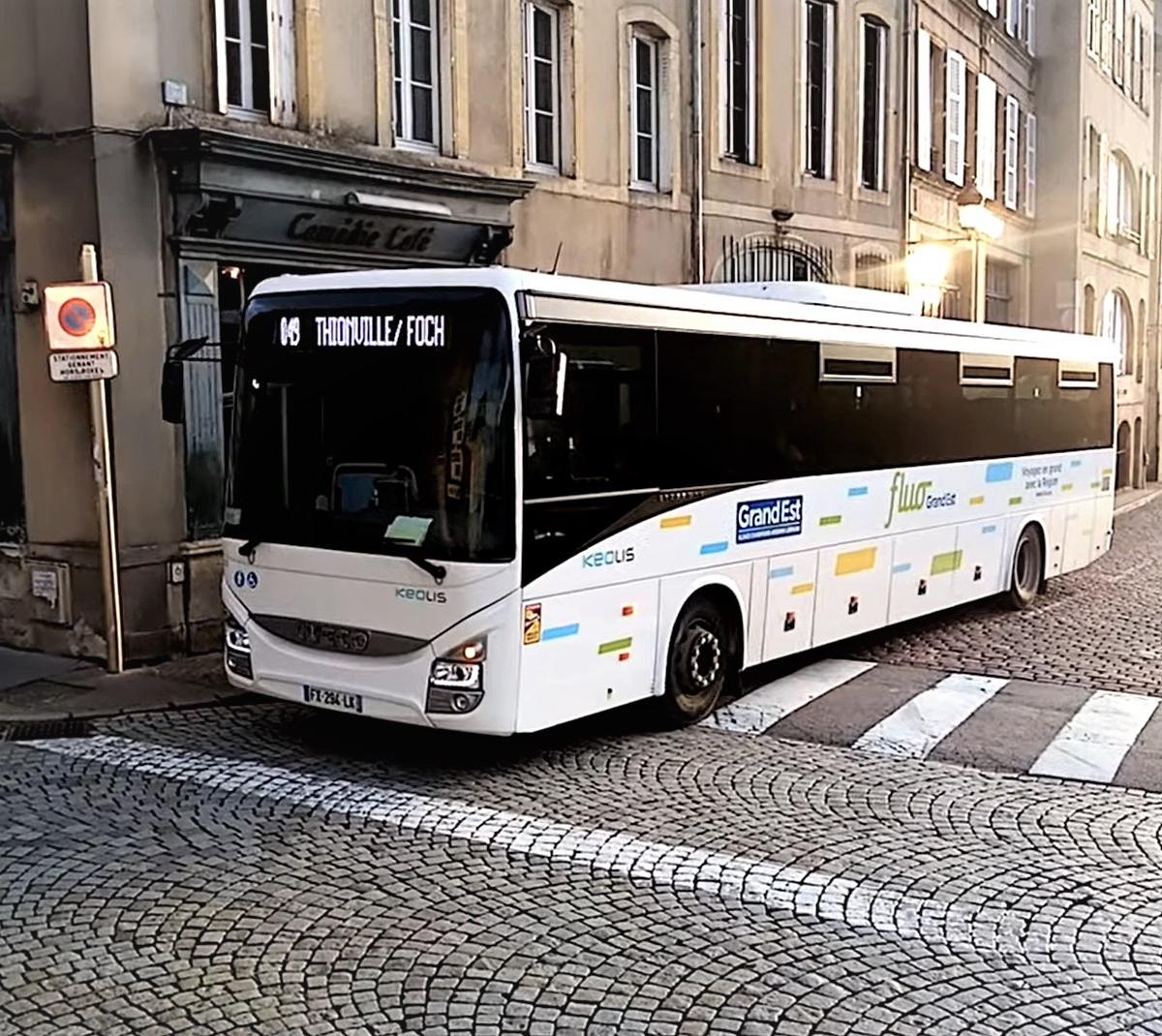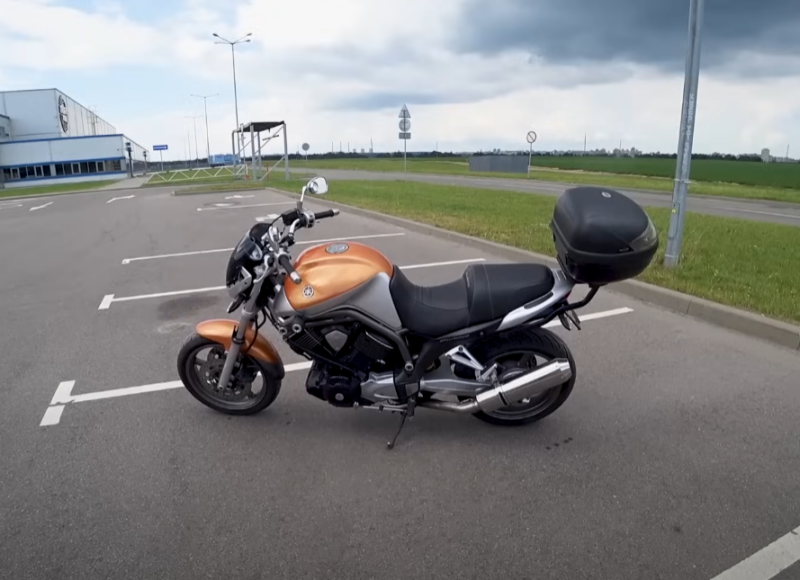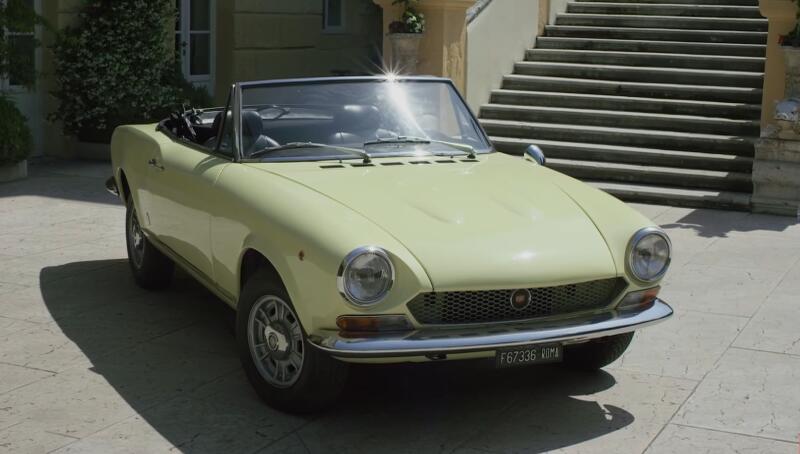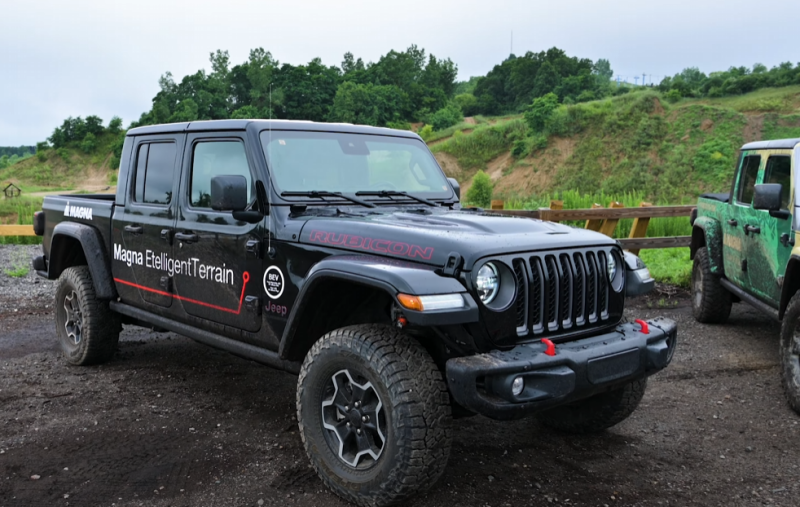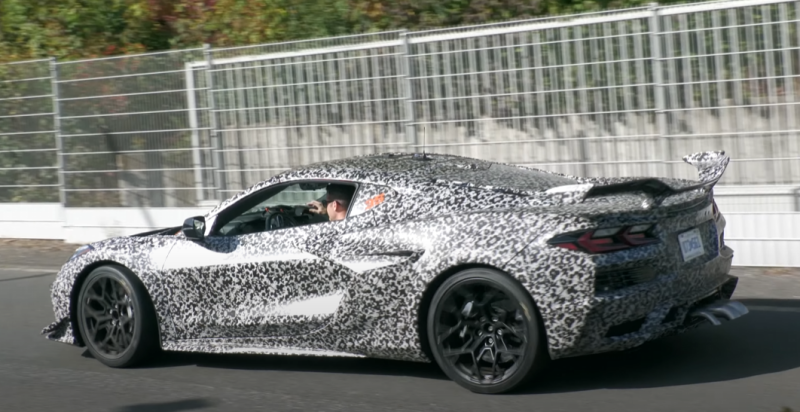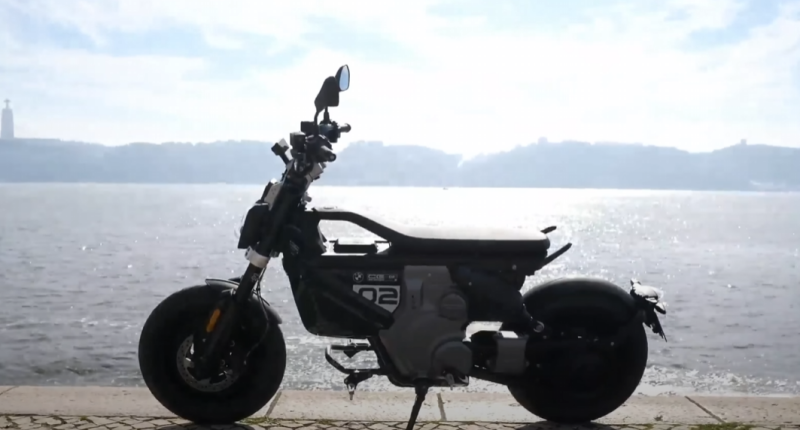It all started in 1975, when the Italian bus manufacturer Fiat Bus created a new brand with the uncomplicated name "Industrial Vehicle Corporation". From the English abbreviation it turned out IVECO. Later, local, German and French "colleagues" pulled up to the project. Twenty-four years later, at the suggestion of the French Renault Bus, the now French-Italian corporation was decided to be renamed Irisbus. In addition to renaming, there was a merger of several companies producing bus products in different European countries:
✅ Renault Vehicules Industriels
✅ IVECO
✅ Fiat Industrial
✅ Karosa (since 2006)
In 1999, they tried to add the well-known Ikarus to the same company. However, later in the same year, this idea was abandoned. By the way, in 2003 the name became double - Irisbus IVECO. The reason is simple: the company returned to its original inspiration. But since September 2011, the Italian plant was closed and the full rights to the corporation again migrated to France.
 One of the latest independent Karosa models. Photo: youtube.com
One of the latest independent Karosa models. Photo: youtube.comFrom 2013 to the present, the company has been officially named Iveco Bus and is wholly owned by IVECO CNH Industrial. The former name of the entire corporation and its products now simply refers to one of the company's subsidiaries and is no longer used in the names of produced bus models. Despite the prevalence of the French side, the engines on the buses are installed by "Fiat" production. The main research center of the international corporation is located in the same country.
How did Iveco Bus start?
The fate of the manufacturer is somewhat similar to other companies producing bus equipment. It usually starts with commercial utility vehicles and classic vans. And only after that the companies "grow" to the production of full-size buses. A similar situation has developed with the cooperation of Italians and French.
One of the first joint production models was the Iveco Daily. He appeared in 1978 and eventually grew into a whole family. All of its models are either light trucks or minibuses.
Its "chip" was the frame structure, the size and density of which depended on the purpose of this particular model. This allowed the car to become an unprecedented leader in terms of carrying capacity among light vehicles. One of the Iveco Daily models has a seemingly unimaginable carrying capacity comparable to our ZIL - 4,7 tons! Among the technical data it is worth noting:
✅ rear or all wheel drive
✅ 4-cylinder in-line diesel
✅ fuel injection
✅ exhaust aftertreatment system
✅ 9 models of power units with power from 106 to 205 hp With.
At the same time, in terms of working volume, there were only two options: 2,3- or 3-liter. Their constant companions were 6-speed gearboxes (automatic or manual). The first modifications were equipped with spring suspensions. Over time, there were options for the rear air suspension, which has the function of changing the height of the car. He survived six generations and continues to be produced in our time. For example, the Belarusians used his principle for their "Neman". Over the past few years, Russia has also received an average of five thousand modern Daily models annually.
 Cargo-passenger Iveco Daily 2007 Photo: youtube.com
Cargo-passenger Iveco Daily 2007 Photo: youtube.comAnd everything could turn out to be much more interesting if the Nizhny Novgorod joint project "Saveko" was brought to its logical end. An enterprise with an annual capacity of 25 thousand local Iveco Daily was created in Russia. Everything began to spin in 2007, and two years later the company was declared bankrupt. The project was curtailed, and the proceedings moved into the legal sphere. Today, at unrealized capacities, a pathetic semblance of the original plans is taking place: the conversion of vans into tourist and special vehicles.
Full-fledged Iveco buses from the late 90s
The process started with the Cacciamali TCM 105 using an Italian chassis in 1996. Two years later, the model was transferred to Iveco. This is how the Europolis (Iveco 200) was born, which was produced over the next four years. After that, experiments with hybrid power plants and the design of electric buses began. Updated models were produced until 2010.
At the beginning of the millennium, Iveco ALTRA was engaged in the production of such modern technology. It was there that buses with full or partial electric drive were assembled. Some of them were used for tourist purposes in the Val d'Isère ski area. In total, 50 vehicles with this type of drive were assembled.
 Irisbus Recreo with the "transportation of children" sign. Photo: youtube.com
Irisbus Recreo with the "transportation of children" sign. Photo: youtube.comIn parallel, the process of creating a modification of Irisbus Recreo was going on. It was created specifically as a transport for transporting schoolchildren within the city and in the countryside. Considering that the need for such special vehicles is great in all countries, it was produced at the facilities of three factories of the corporation at once: the main production, in France and the Czech Republic. He survived three upgrades and completed his story in 2013.
The release of the second generation, which started in 2001, was produced at only two plants (Renault Recreo existed only in the first generation). The bus, which was produced until 2007, had the following parameters:
✅ 6-cylinder diesel engine
✅ 6-speed manual transmission
✅ maximum speed - 100 km / h
The equipment produced at the Czech facilities had the usual name for the country - Karosa C935. There was a place in it for the front axle from the "countryman" LIAZ. A glass partition was installed in the cabin, separating the driver from passengers. The history of Irisbus Recreo ended in 2013, when the production of the last, third generation of buses of this model was discontinued.
From 1998 to 2011, a place was found at the factory facilities of the corporation for a comfortable tourist liner Irisbus Domino. It was equipped with a diesel engine with a displacement of 9,5 liters and a power of 352 hp. With. The 12-meter structure was assembled with 53 comfortable seats. The last third generation of the "tourist" was called the Irisbus New Domino. An engine that meets the requirements of EURO-5 was installed on it.
Buses Irisbus (Iveco) XXI century
The Irisbus Citelis, produced in France since 2005, has grown to the size of a series of models. Their design was 10, 12 or 18 meters long, which was reflected in the name. On the same chassis, the assembly of the "twenty-fourth" and "twenty-fifth" models of "Skodov" trolleybuses was carried out.
 Irisbus Arway, assembled in Vysoke Mito. Photo: youtube.com
Irisbus Arway, assembled in Vysoke Mito. Photo: youtube.comIn the same place, at the Czech facilities, since 2006, the production of the intercity model Irisbus Arway has begun. Buses are assembled at a factory in the city of Wisoke Mito. In vehicles designed for long trips, there are air conditioning and heating systems. There is also a convenient ramp for boarding wheelchair users and an in-salon music system. It was sold for many Italian and Spanish cities.
The latest models of the company that I would like to mention are urban and intercity Irisbus Crossway and urban GX 127. The first ones have been produced since 2006, the second ones since 2012. The first have air suspension and a rear engine. The GX 127 has a 218 hp engine and a 4 (6) speed gearbox.
 Urbanway comfortable low-floor design. Photo: youtube.com
Urbanway comfortable low-floor design. Photo: youtube.com The new Iveco Urbanway low-floor bus was released in 2013. Various models of the series are produced both in French and Czech capacities. In addition to diesel, there are also options for installing a gas engine, hybrid or all-electric drive. To date, Iveco Bus, for economic reasons, produces a limited number of models. In order to somehow diversify the situation and attract the client, the principle of modification is applied with varying the length of the structure, engine type and cabin capacity.
